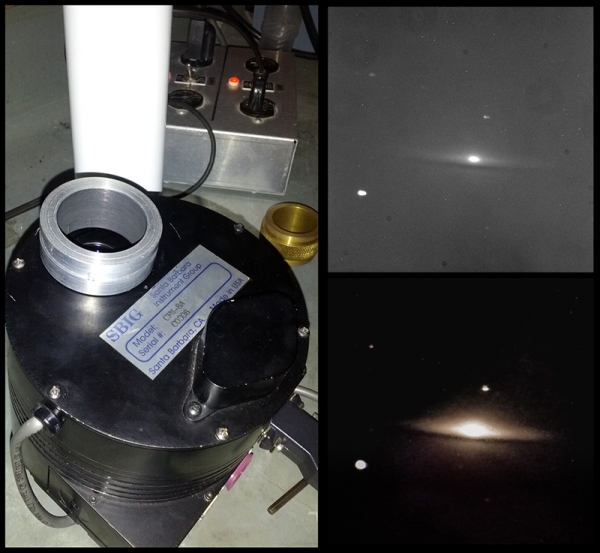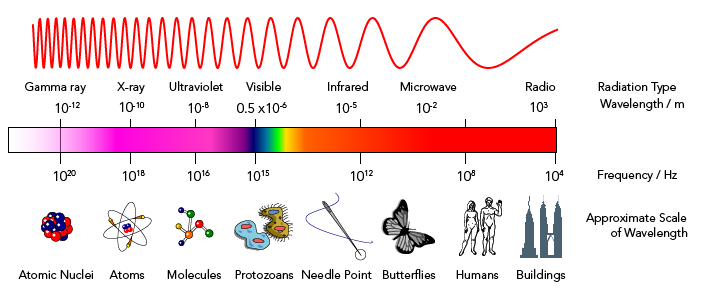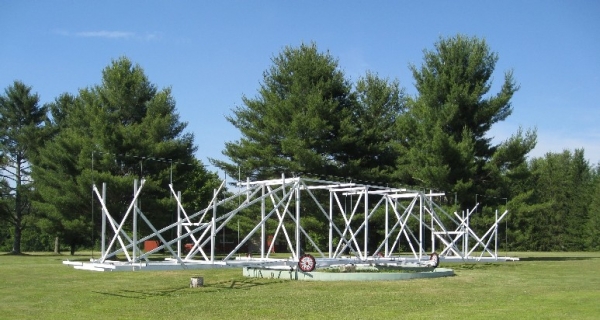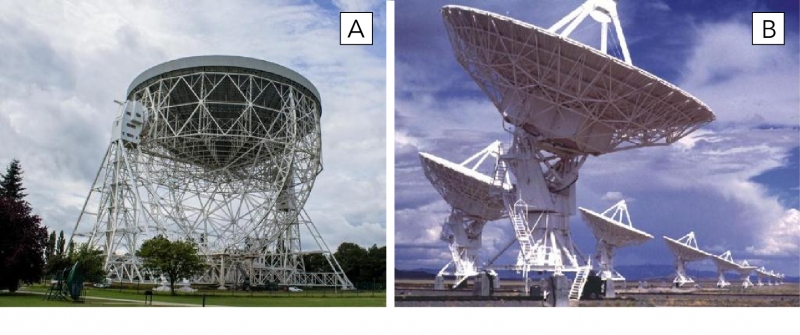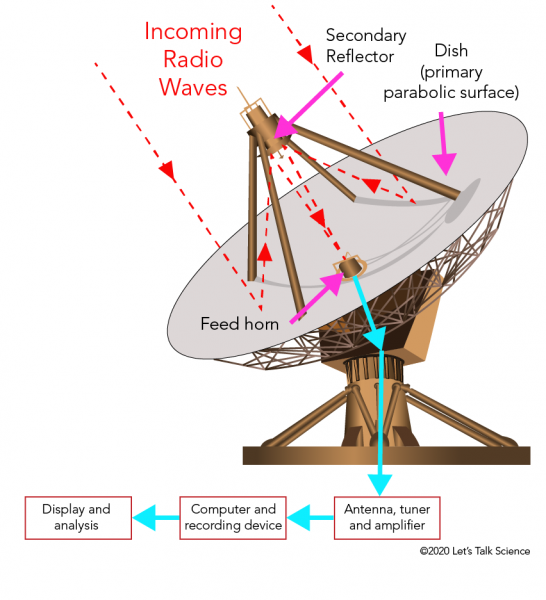Radio Astronomy
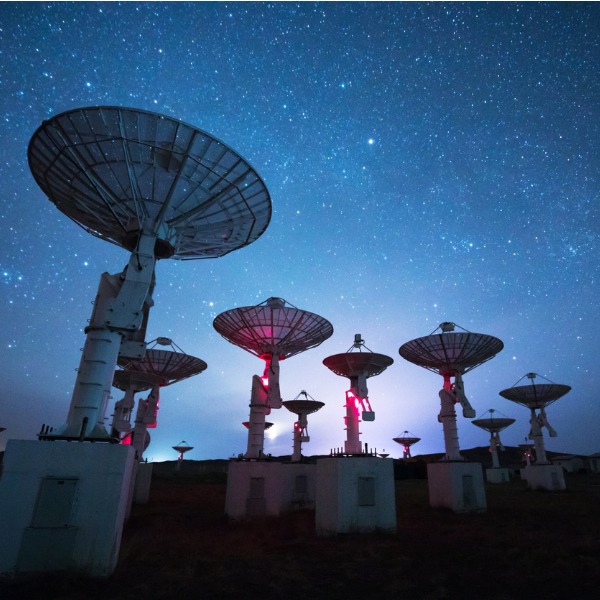
Radio Telescope array at night (loveguli, iStockphoto)

Radio Telescope array at night (loveguli, iStockphoto)
8.78
How does this align with my curriculum?
NU
8
Knowledge and Employability Science 8 (Alberta, Revised 2009)
Unit C: Light and Optical Systems
YT
8
Science Grade 8 (British Columbia, June 2016)
Big Idea: Energy can be transferred as both a particle and a wave.
NT
8
Knowledge and Employability Science 8 (Alberta, Revised 2009)
Unit C: Light and Optical Systems
BC
10
Science Grade 10 (March 2018)
Big Idea: The formation of the universe can be explained by the big bang theory.
ON
12
Earth and Space Science, Grade 12, University (SES4U)
Strand B: Astronomy (science of the Universe)
YT
10
Science Grade 10 (British Columbia, June 2016)
Big Idea: The formation of the universe can be explained by the big bang theory.
